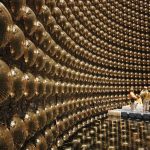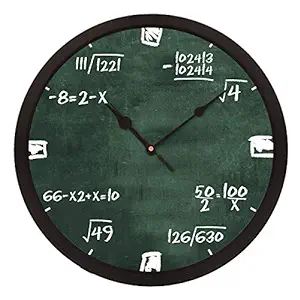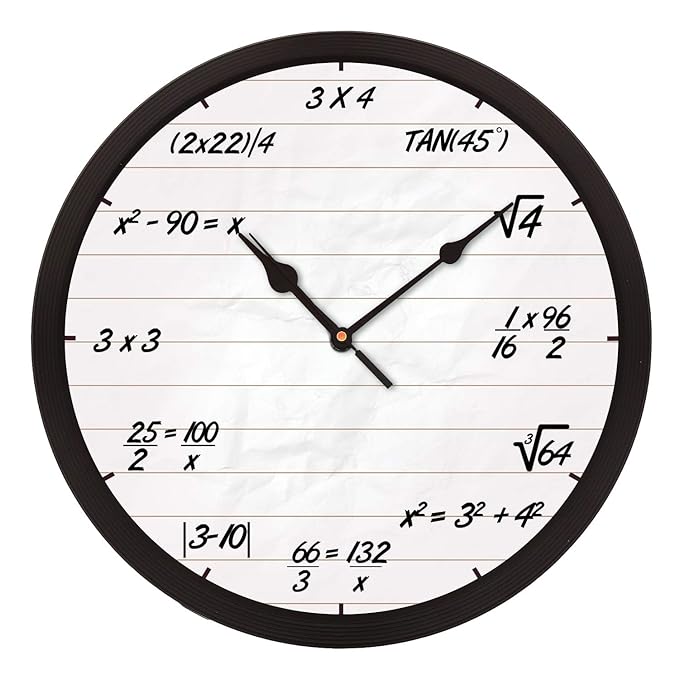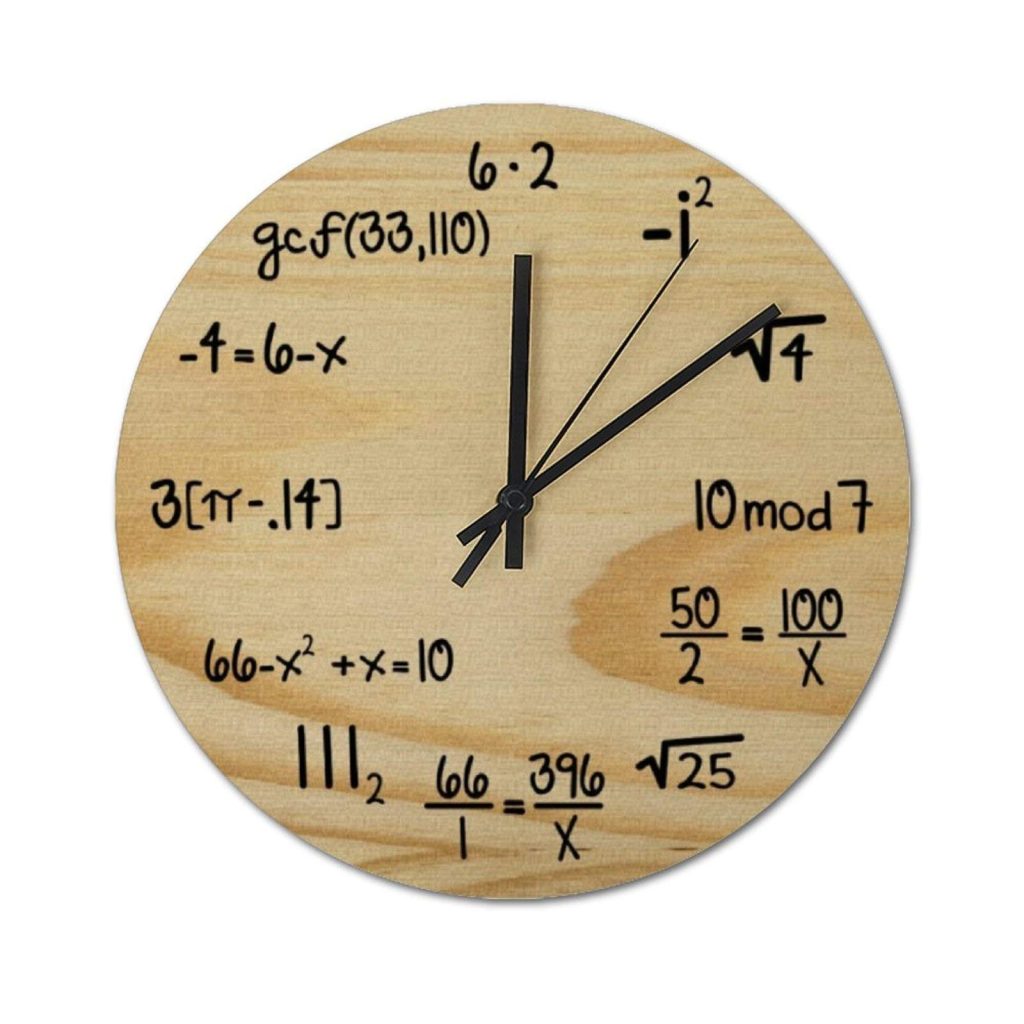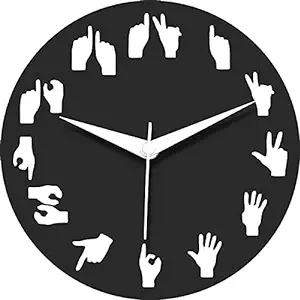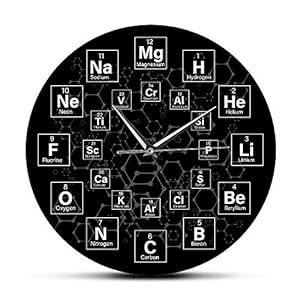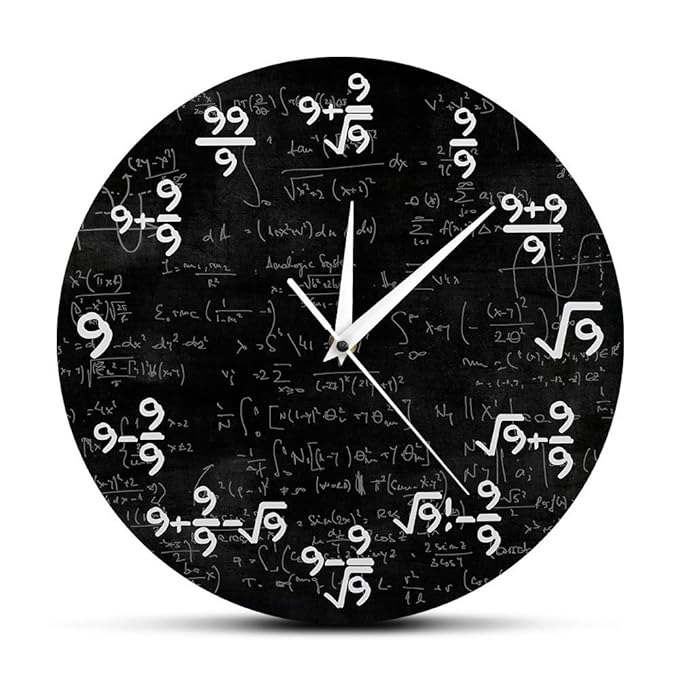Explore, Learn, Achieve: Your Physics Journey Starts Here
Mathematics often conceals its elegance within ordinary objects. Consider a clock face numbered from 1 to 12. A creative twist on depicting these numbers with mathematical formulas can transform a simple observation into an intriguing mathematical quest. One such clock that I observed in Amazon was a Geeky clock with the dial having the number 9 as shown above. This exploration started with a question: Can the digit 9 alone uniquely define each number on a clock using mathematical operations?
Clocks serve more than just their time-telling function; they are a mainstay in homes, offices, and public places, merging utility with decorative appeal. Typically, clocks feature numbers from 1 to 12 laid out simply and clearly. Yet, inventive designs can elevate clocks from basic utilitarian items to intriguing topics of discussion and works of art. For lovers of puzzles, mathematics, or distinctive décor, a creatively numbered clock provides an exciting alteration to the norm. It challenges our views of everyday items and introduces a measure of intellectual engagement into our daily settings.
The above clock takes a unique approach, showcasing numbers through mathematical expressions focused around the number 9. Although most numbers were perfectly matched with their formulas, the representations for 5 and 11 had to be modified for consistency and correctness. This adjustment presents a fresh way to perceive time through the prism of mathematical operations.
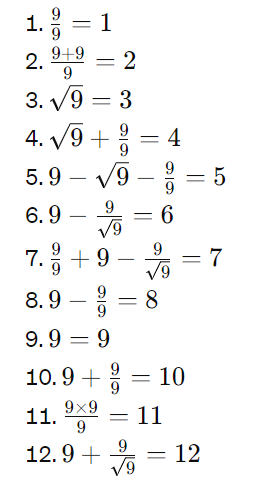
The number 11 was also modified using the operation as 11 = 9+(9+9/9). Replacing 9 by a variable a, I got a general representation that is as shown below.
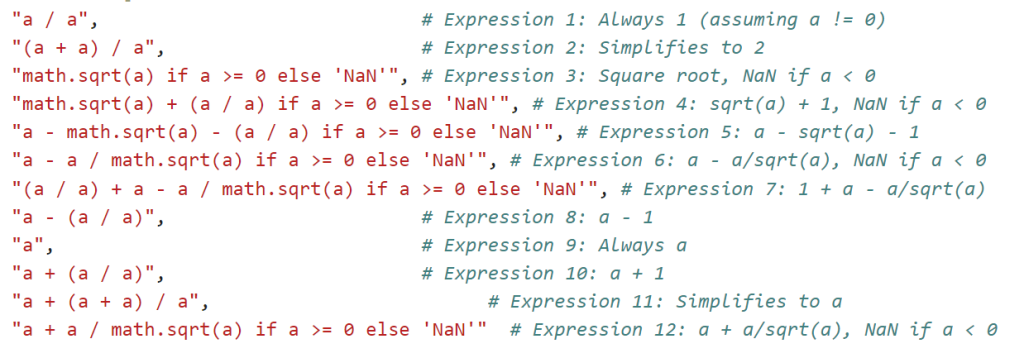
To validate the uniqueness of using the number 9 in these expressions, a Python program was developed. This program tested integers from 1 to 100,000, focusing on square numbers like 𝑎=1,4,9,16,…to check if they could similarly produce a sequence from 1 to 12. The results were clear: none but 9 could maintain the sequence.
Further analysis was done to find the correlation coefficient between successive values of 𝑎, where 𝑎=1,4,9,16,…It was discovered that the correlation was a constant (r=0.99999) beyond 𝑎=784and equal to 1 from a≥1369 onwards.
This detailed journey not only reaffirmed the special mathematical properties of the number 9 but also illuminated the profound connection between mathematics and programming in uncovering deeper insights. The uniqueness of 9 in this context highlights how certain numbers can hold special significance due to their inherent mathematical attributes, making ordinary observations extraordinary explorations of number theory.
I then began to explore other types of clocks and interestingly found a wide array of such clocks. The images, as displayed, are all available on Amazon. Most of the clocks are observed to have a dial written with the number 9. However, I could not find any other clocks featuring dials written with different numbers. This raises an interesting question for enthusiasts and curious minds alike: Why is the number 9 so frequently used, and not other numbers? I encourage you to delve into this mystery and share your findings. Perhaps together, we can uncover the reason behind this numerical preference in clock designs.


